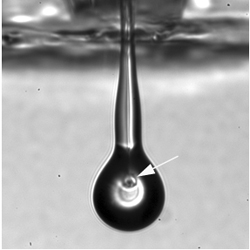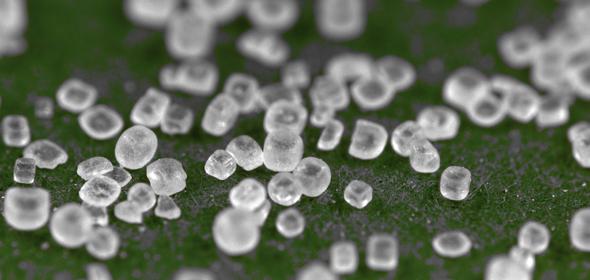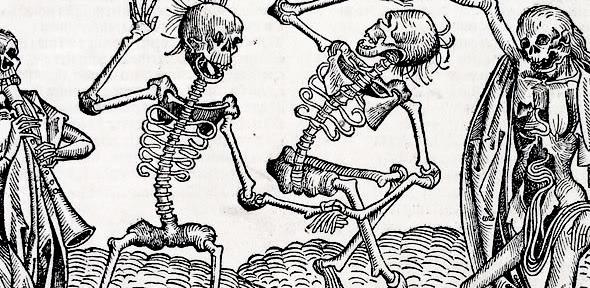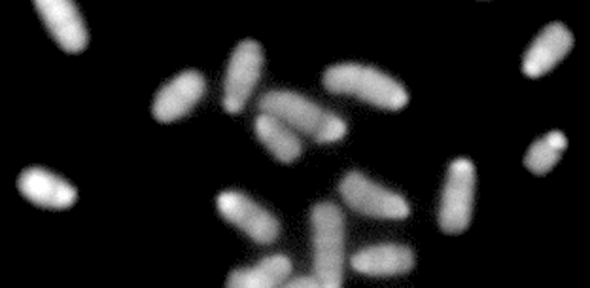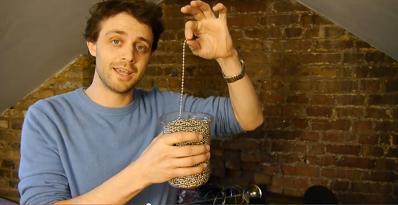
Ducks, geese and swans are waterfowl, an order known to scientists as Anseriformes. Hens, pheasants, partridges and turkeys are game-birds (Galliformes). Both orders are famous not just for their flesh but also for their striking and elaborate plumages which are sought after as decorative flourishes. Some members of these orders show marked differences in appearance between the sexes: a phenomenon known as sexual dimorphism. Male and female mallards look so different that for many years they were thought to be different species. In other members of the same orders, there is little apparent difference in the plumage of males and females.
Research by Cambridge PhD candidate Thanh-Lan Gluckman, published today in the Biological Journal of the Linnean Society, looks afresh at similarities and differences in plumage in almost 300 members of the Anseriformes and Galiformes orders – and focuses on patterning between male and female birds rather than colour. She said: “The colour of plumage has attracted much research interest, but the exquisite patterns of bird plumage, such as the spots of the guinea fowl and the barred patterns of ducks and turkeys, to just name a few, have received much less attention.”
Since the 1980s, differences in the appearances of male and female birds have been seen through a prism of genetic correlation. In other words, it was thought that female birds may have evolved similar patterning to males due to common genes but that female patterns would be subsequently lost as it is not beneficial.
“It was argued that male birds developed their spectacular colours and elaborate patterning as a result of their mating patterns – they used their plumage to compete for and attract females. On the other hand, female birds needed to blend into their surroundings in order to nest safely and protect their young – so they became drab and dull to protect themselves and their young from predators,” said Gluckman.
“My research looked at the plumage patterns of male and female birds on a separate and equal basis – and then went on to identify similarities and differences between them. By tracing the evolutionary pathways in the dimorphism of 288 species of waterfowl and gamebirds, I reconstructed the evolutionary history of plumage pattern sexual dimorphism, which allowed me to demonstrate that plumage patterns in females are not a result of genetic correlation. Essentially, what I found was that plumage patterning is remarkably labile – both male and female birds have the capacity to change between different types of patterns. What’s interesting is to consider what are the forces driving these changes in male and female plumage patterns – whether they have an environmental basis and/or whether they have a signalling function between birds of different sexes or within the same sex.”
As early as 1780, the Philosophical Transactions of the Royal Society of London published a paper by John Hunter proposing that plumage differences between the sexes were driven by sexual selection. Ever since, the prevailing view of sexual dimorphism has been one of showy males strutting their stuff to win over demure females. The predominant explanation put forward to explain how differences in dimorphism evolved hinges on mating habits; males of polygamous species (those with more than one mate) had developed spectacular plumage in order to attract a maximum number of females, while monogamous species (those with one mate) retained similar plumage.
Gluckman said: “Previous research has shown that the traditional argument that differences in plumage between the sexes stem from differences in breeding systems doesn’t always hold up. In many putatively monogamous species, the plumage of the males is significantly different to that of females and, likewise, males and females in many polygamous species have the same type of plumage. This suggests that plumage is not exclusively an outcome of breeding habits – but is a matter of function in a highly complex way.”
In her study of patterning, Gluckman looked at the variations between the sexes of the same species and across species in order to build a picture of the pathways to similarity and differences between male and female bird plumage patterns. She used a classification of four broad types of patterning: mottled, scaled, barred and spotted. Birds exhibit a fabulous number of variations and combinations of these visual patterns in females as well as males.
“By emphasising similarities as well as differences in plumage patterns between male and female birds, rather than whether one sex is the same as the other, I found that sexual dimorphism in the plumage pattern of birds is highly nuanced and that there can be multiple types of sexual dimorphism. In expanding the definition of sexual dimorphism, and reconstructing evolutionary history, I found that changes in sexual dimorphism could be due to changes in males and/or females. In addition, the plumage patterns of birds seem to transition easily between different types of dimorphism, which is congruent with adaptation to fluctuating social and environmental conditions,” said Gluckman.
Thanh-Lan Gluckman is a PhD candidate in the Evolutionary genetics group at the Department of Zoology at the University of Cambridge. She carried out this research during her MPhil in the Department of Zoology, University of Melbourne, Australia.
Research published today looks at the evolutionary pathways to differences in bird plumage patterns between males and females – and concludes that birds are able to adapt their appearance with remarkable ease.
This work is licensed under a Creative Commons Licence. If you use this content on your site please link back to this page.


